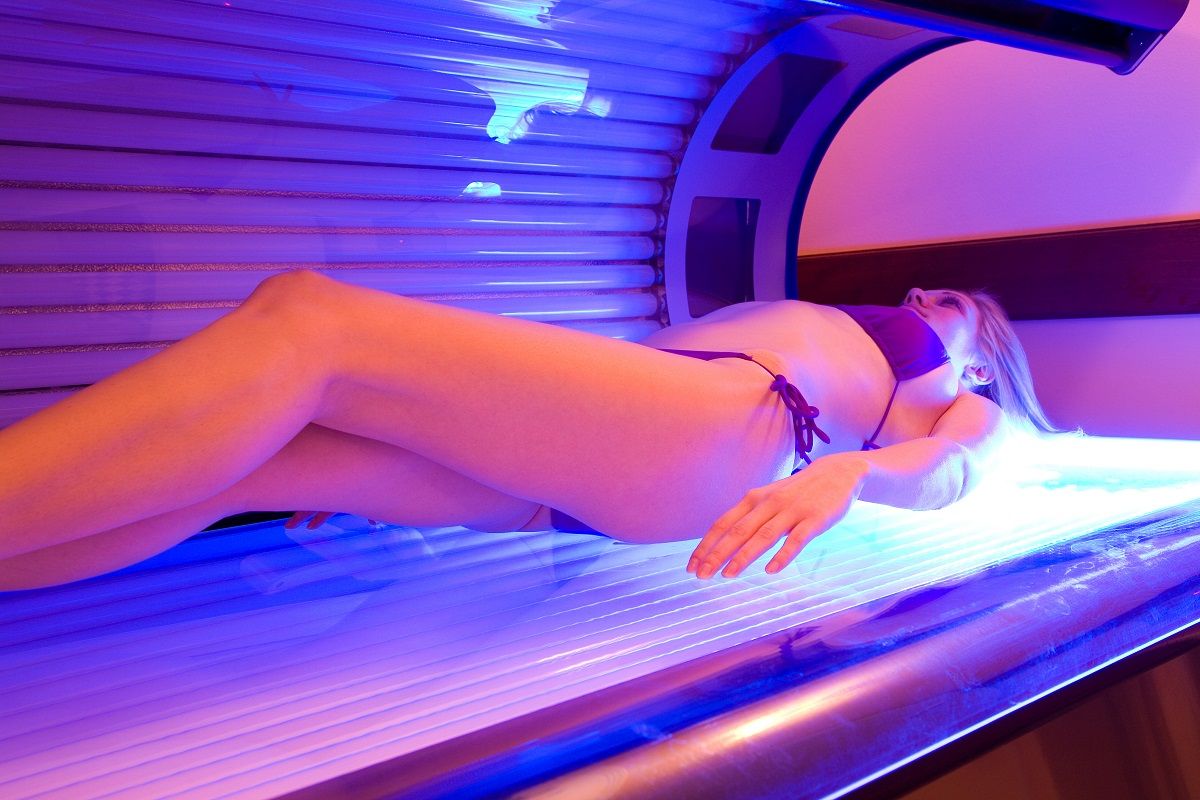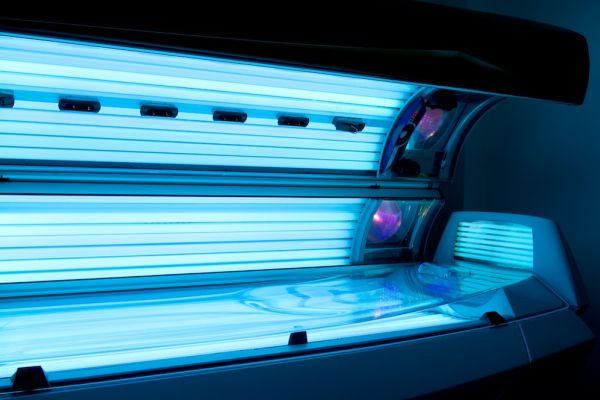I Can Get Skin Cancer Where?!
Remember the days of tanning? Only a few decades ago people looked forward to slathering their bodies with oily lotions that helped turn skin darker and brought out a “healthy” glow. Movie stars hawked tanning products that gave the fastest, deepest tans and magazines and billboards encouraged everyone to join the trend. Some health experts even believed that tanning was essential for children and infants as demonstrated by the 1929 book, The Perfect Baby, which included a chapter titled "The Perfect Baby Has a Healthy Tan."
Anthropologists tell us that in Western Europe and America, being tanned was originally viewed as a sign that someone was from a lower income class and likely working outdoors, whereas fair, pale skin was considered a sign of higher class and wealth. That trend changed during the industrial revolution when laborers moved from farming to factories, and more people began to work in offices and retail environments. Only the wealthy could afford leisure time outdoors and the tan quickly became a status symbol, soon copied by the middle class.
Never miss another Cancer Talk blog!
Sign up to receive our monthly Cancer Talk e-newsletter.
Sign up!Today, most are well aware of the serious dangers associated with excessive, unprotected exposure to the sun. In the quest for safe beauty and fashion, suntan oils and lotions have been replaced by sunscreen and protective clothing. Despite this however, indoor tanning beds have become the preferred way to achieve that much-desired tan — in the mistaken belief that indoor tanning is safer than the sun.
According to the American Academy of Dermatology, indoor tanning is an estimated $5 billion annual industry. Thirty-five percent of American adults, 59% of college students and 17% of teens have reported using a tanning bed in their lifetime, even with the Food and Drug Administration (FDA) warnings that serious associated health risks include skin cancer, skin burns and eye damage.
The number of skin cancer diagnoses, including melanoma, continues to rise. A lesser known, but emerging concern associated with tanning beds is the risk of vulvovaginal cancer (VVC).
“There is some anecdotal evidence regarding tanning beds spreading human papillomavirus (HPV), which is responsible for genital warts,” says Gyorgy Paragh, MD, Assistant Professor of Oncology in the Department of Dermatology at Roswell Park Comprehensive Cancer Center. “If genital warts can be spread by tanning beds, then theoretically tanning beds could spread high risk HPVs that contribute to squamous cell cancer (SCC) of the vulva.”
Tanning would lead to HPV spreading only if the tanning equipment was not cleaned properly, emphasizes Dr. Paragh, but there is also a concern that excessive tanning bed use could result in sufficient damage to the vulvar skin and mucosa, and lead to the growth of cancer. “This aspect of UV exposure in vulvovaginal cancer has not been sufficiently studied,” says Dr. Paragh. “However, we do know that UV exposure causes mutations in the skin and UVA radiation from tanning beds contributes to skin cancer risk in other areas of the body. Therefore tanning beds theoretically increase the risk of all UV-related skin cancers of the vulva area. Moreover we also know that UV exposure is immunosuppressive and decreased immune response may lead to increased skin cancer risk.”
Without well-designed studies it is hard to come to definite conclusions on the role of tanning in the risk of vulval cancers, but Dr. Paragh is clear about this: No one should use tanning beds. “There are no health benefits,” he warns. “UV light is a Group 1 carcinogen. The skin tans as a protective response triggered by damage to the skin cells, meaning that you cannot tan without suffering skin damage.”
“The light in tanning beds (almost exclusively UVA) is the component of sunlight, which is mostly responsible for wrinkle formation and skin aging. I sarcastically tell patients that tanning beds are the best way to evenly age your skin. But if someone still insists on using tanning beds and wishes to minimize risks, my recommendation is that they clean the tanning equipment to reduce HPV exposure and cover all sites on their body that usually do not get sun-exposure, especially any mucosal areas, where pigment cells are not present and completely unprotected from the effects of UV light.”
Of note:
The U.S. Food and Drug Administration proposed a rule in 2016 to protect youth from the risks of indoor tanning devices by restricting use by minors younger than 18 years. This proposed rule also would require indoor tanning facilities to inform adult users about the health risks of indoor tanning and to obtain a signed risk acknowledgement from these users. The agency is also proposing a second rule that would require manufacturers and indoor tanning facilities to take more actions to help improve the overall safety of indoor tanning devices to protect adult consumers.


